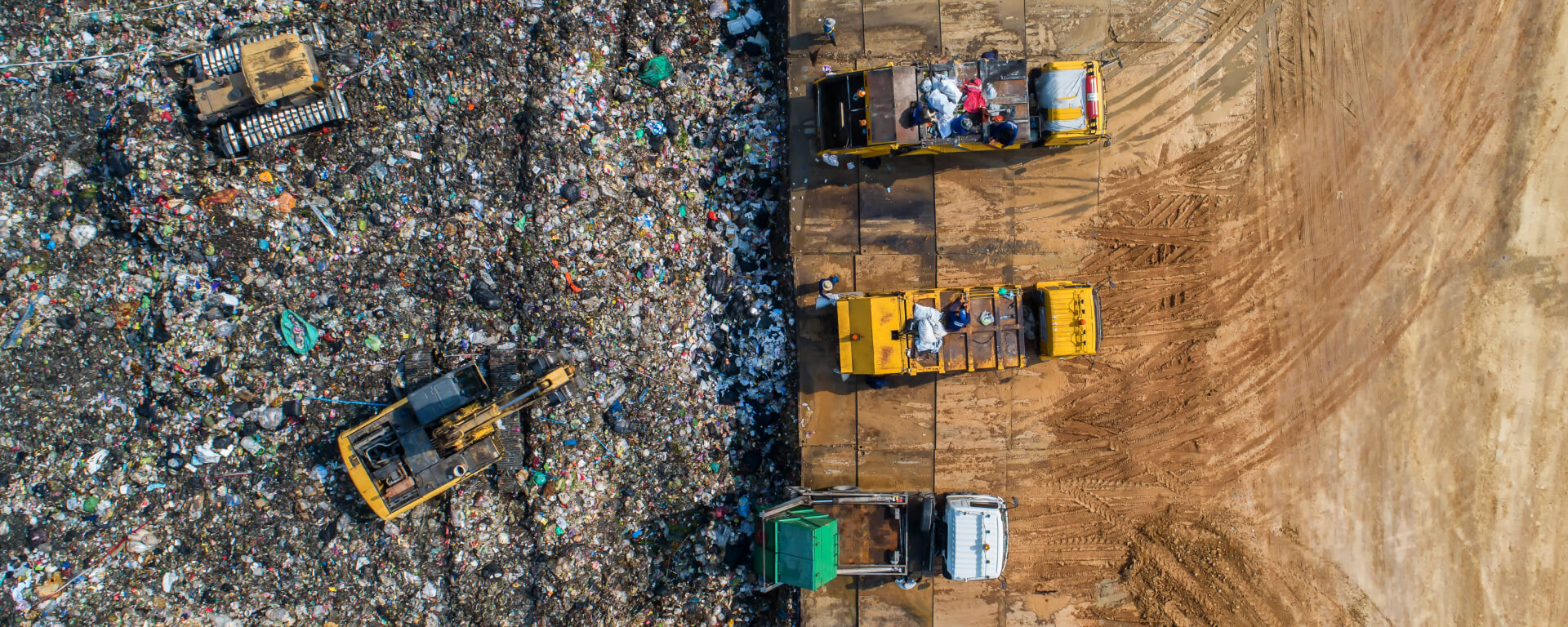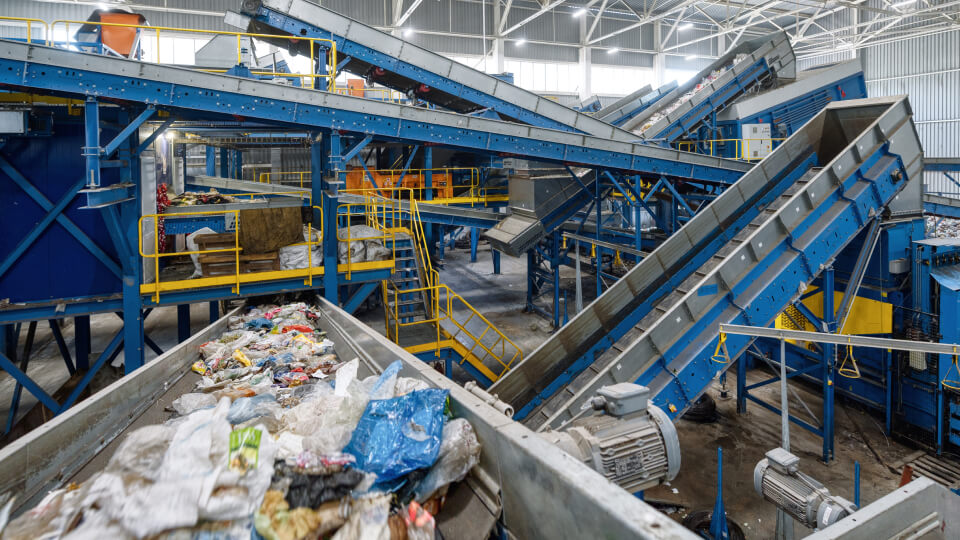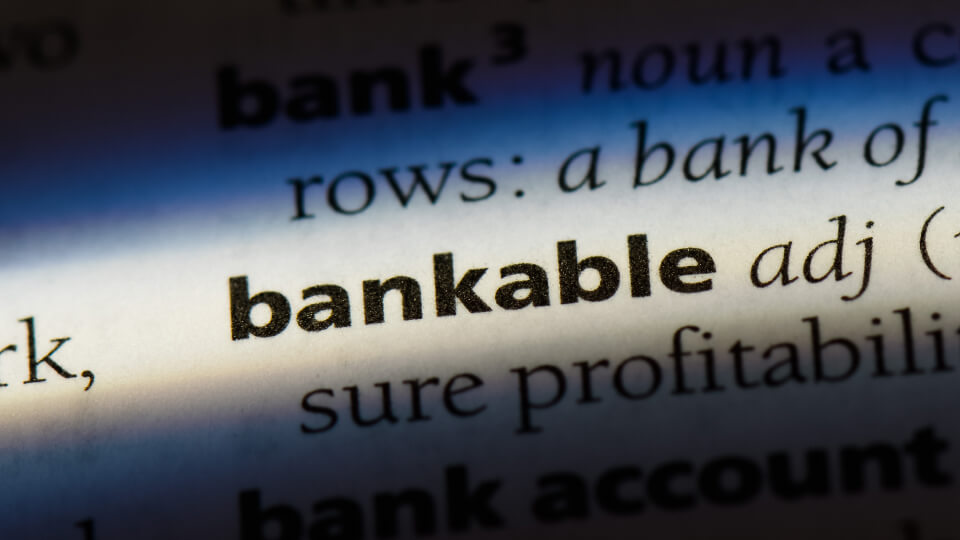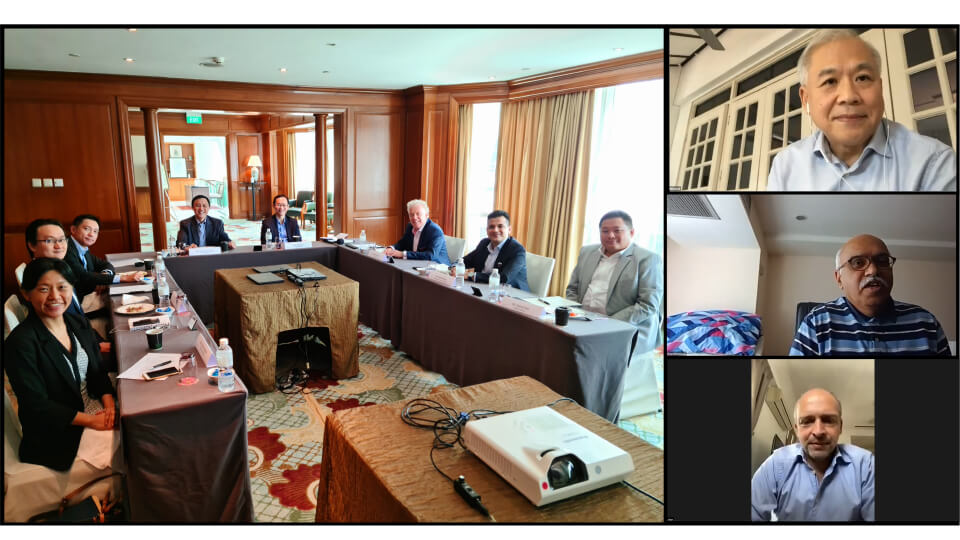Sector Deep Dive #2: Waste Management
Infrastructure Asia organised a deep dive session on the waste management sector to gather views from eight industry players on the opportunities and commercial structures for waste management solutions in Southeast Asia and ways to apply these commercial structures to develop and initiate more bankable waste management projects in Southeast Asia.
There are signs of significant demand across Southeast Asia for newer waste management solutions, particularly for projects at a smaller scale
Many local municipalities across Southeast Asia are currently collecting and disposing waste at landfills, but there is increasing government and public awareness that this is not sustainable in the longer term and there are better alternatives in newer waste management solutions which are non-pollutive. Historically, this has happened in Europe, and in the last decades in China, and is now uptrending in Southeast Asia.
Jackson Goh, Executive Director, Keppel Seghers, shared that there are several trends that are driving the large potential for newer waste management solutions across Southeast Asia over the next decade. Urbanisation and population growth are expanding the demand and value for land around cities, which makes it commercially untenable to use a large tract of land as a landfill near the city. Longer distance to the outlying landfills also makes it logistically untenable to transport the waste to different sites for landfilling and treatment. Such a situation plus higher waste density makes it more viable to deploy newer waste management solutions so that plants can be closer to the waste source.
Among the Southeast Asian countries, there is also significant potential for smaller scale waste management projects such as plants with a capacity of around 300 tonnes per day. Several municipalities have difficulties aggregating the waste generated in their respective locations, thus a smaller scale project may reduce waste supply risk.
Lim Wen Bin, Director, KPMG, added that countries in Southeast Asia such as Vietnam, Indonesia and Malaysia have shown the intention to adopt waste management solutions, and have increasingly seen development of smaller scale projects with a capital expenditure of sub USD100mn. Some of the viable smaller scale projects are seeking to produce refuse derived fuel (“RDF”) which can be consumed by cement plants or co-firing by coal power plants under long-term offtake contracts.
Enabling regulations are a key catalyst for newer waste management solutions
Governments play a significant role. Jackson noted that, for example, the landfill diversion directive from the European Union government drove a series of transformation in the region’s waste management sector.
Kunal Shah, Managing Director, Anaergia, also shared that some governments across the region now require solutions in their countries that address both legacy and fresh waste such as hybrid plants that can treat fresh waste and waste recovered following landfill mining.
The demand for specific waste management solutions is dependent on local government regulations such as landfill diversion and on the waste characteristics which can drive the demand for anaerobic digestion, while anti-coal regulations can drive the demand for RDF. Kunal pointed that Asian waste has a higher amount of organic and moisture content, demanding tailor made solutions. Regulations prohibiting a single centralised waste facility can also drive the demand for multiple waste sorting and management facilities. Lastly, regulations providing renewable natural gas credits can drive the demand for biogas production at waste management plants.
Allard M. Nooy, CEO, InfraCo Asia, pointed out incorporating the ‘polluter pays’1 principle into enabling legislation for Waste-to-Energy (“WtE”) projects gives sponsors and lenders a level of comfort as legislation impacts the underlying economics of the project. To help raise awareness by governments on ‘polluter pays’ principle, capacity-building by development financial institutions (“DFIs”) can play a part.
There are several types of commercial structures for waste management projects
Wen Bin highlighted that the preferred commercial structure by lenders and the private sector for waste management projects is the availability payment model, as it provides a clean and clear route for loan and investment recovery. However, for countries that are not able to bear the cost burden, the contractual structures for waste management projects may need to, for example, consider the various available revenue streams to support the project.
Some of the waste management projects can generate additional revenue streams by producing RDF to be sold to industry off-takers, which can be used to produce electricity and cement. Other commercial structures can involve viewing waste developments in the context of real estate development. For instance, the mining of a landfill at a prime location could yield further economic benefit with the rights to develop the underlying land.
Jackson agreed and pointed out that the waste management sector can be considered in the context of real estate development as the underlying land can be viewed as an appreciating asset. As waste management plants get located closer to the city, architectural and aesthetical treatment of the waste plant also becomes equally, if not more important than, the waste treatment process.
Kunal pointed out that a commercial structure promoting various revenue sources can be beneficial for driving the demand for different waste management solutions. The treatment of hazardous waste can receive tipping fees that are significantly higher than municipal solid waste, but do not have sufficient volume for the development of a stand-alone facility. As such, the project can be structured with one common developer, but with different solution providers managing different types of waste to achieve cross-subsidising.
In addition, certain commercial structures, such as the hybrid annuity model2, and mechanisms, such as viability gap funding3, from the water sector can be applied to waste management projects, suggested Kunal. These structures and mechanisms have been enablers for water public private partnership projects (“PPPs”) in countries such as India and Indonesia.
Allard shared that in the absence of government guarantees, multiple revenue streams can help improve viability. These could include tipping fees, feed-in tariffs as well as incorporating pre-sorting and recycling solutions into the project.
Issues of project bankability are important when developing commercial structures for waste management projects
Lim Suy Meng, Executive Director, Project Finance (Asia Department), Mizuho, shared that a bankable waste management project such as a WtE project should first have creditworthy off-takers. If off-takers lack an investment grade rating, credit enhancement from DFIs and export credit agencies can mitigate this risk.
Other key bankability considerations include clear contractual structures, central government support for projects at municipalities with limited financial capability, proper handling of land procurement, appropriate selection of technology and expertise for managing different types of waste, and lastly a mechanism to manage currency and liquidity risk.
Jens Møller, Senior Engineer, Ramboll, pointed out the importance of objective risk assessment and allocation between governments and the private sector. Several local municipalities prefer to create a special purpose vehicle without back-to-back payment guarantees from more creditworthy parties. This makes it challenging to reach bankability.
Jackson shared that the risk allocation profile for waste management projects is changing as there are more funds entering the market. The current model of risk allocation will therefore have to be relooked.
Governments who consider multiple angles would be critical
Dr. Mushtaq Memon, Regional Coordinator for Resource Efficiency, Asia Pacific Regional Office, United Nations Environment Programme, observed that the design and development of city-level waste management system need to be seen on an individual project basis. Some countries have a decentralised approach, while other countries manage waste management solutions at the national level, with multiple ministries in charge of different aspects.
Multiple angles such as (i) the policies or regulatory frameworks for infrastructure, (ii) the institutional arrangements concerning private sector participation, financing, and technologies as well as (iii) social and political behaviours of each country need to support the implementation of a project. A matrix could be developed based on lessons learnt to better evaluate each city on a case-by-case basis and more comprehensively tailor waste management solutions to individual cities.
Other discussants pointed out that the challenge of commercial structures for WtE projects is not just about financing, but also about ensuring a whole-of-government approach towards the implementation of waste management solutions. A whole-of-government approach is key as the relationships between the stakeholders for waste management projects such as WtE are rarely clearly mapped out.
Singapore is well placed to support regional governments in further developing their waste management eco-system, given its whole-of-government approach towards waste management and plethora of private sector waste management expertise in the country
Other discussants felt that Singapore is well-placed to showcase a whole-of-government approach and be a regional brand for waste development given its clear and pragmatic policies on waste management, especially the integration of biogas, recycling and other value adding businesses in the supply chain.
Allard shared similar views. Singapore is well-placed to move the needle in the regional waste management sector as the country has the financial, technical, and legal expertise. As such, Singapore can link the private sector ecosystem with the whole-of-government approach to assist other countries on what needs to be done to enable legislation for newer waste management solutions.
Kunal highlighted that regional governments want to see the full package of waste management players. Singapore’s ecosystem can offer the full package as there are many players located at each stage of the value chain. Singapore-based players can also provide support to the region on policy and capacity development, similar to the water sector.
Conclusion
There are signs of significant demand across Southeast Asia for newer waste management solutions, particularly for projects at a smaller scale. To enable more projects and address issues of project bankability, it is important to enable government regulations that result in the right commercial structures.
It is also crucial that governments develop a conducive environment for the development of waste management projects, including one that considers the multiple angles involved. The Singapore ecosystem is well-placed to support regional governments in further developing their waste management ecosystem, given its whole-of-government approach towards waste management and plethora of private sector waste management expertise in the country.
1 The ‘polluter pays’ principle is an economic principle for allocating the costs of pollution control. It means that the polluter should be legally bound to bear the costs of pollution prevention and control measures to take to protect the environment.
2 The hybrid annuity model is a PPP model, where the government contributes a percentage (typically 40%) of the total capital expenditure for the project through annual payments, with the rest (typically 60%) contributed by the private sector developer.
3 Viability gap funding is a capital grant, subsidy or equity from the government to render a PPP project financially viable and bankable.
This article was collated and written by Daniel Gan, Lead, Infrastructure Asia.





